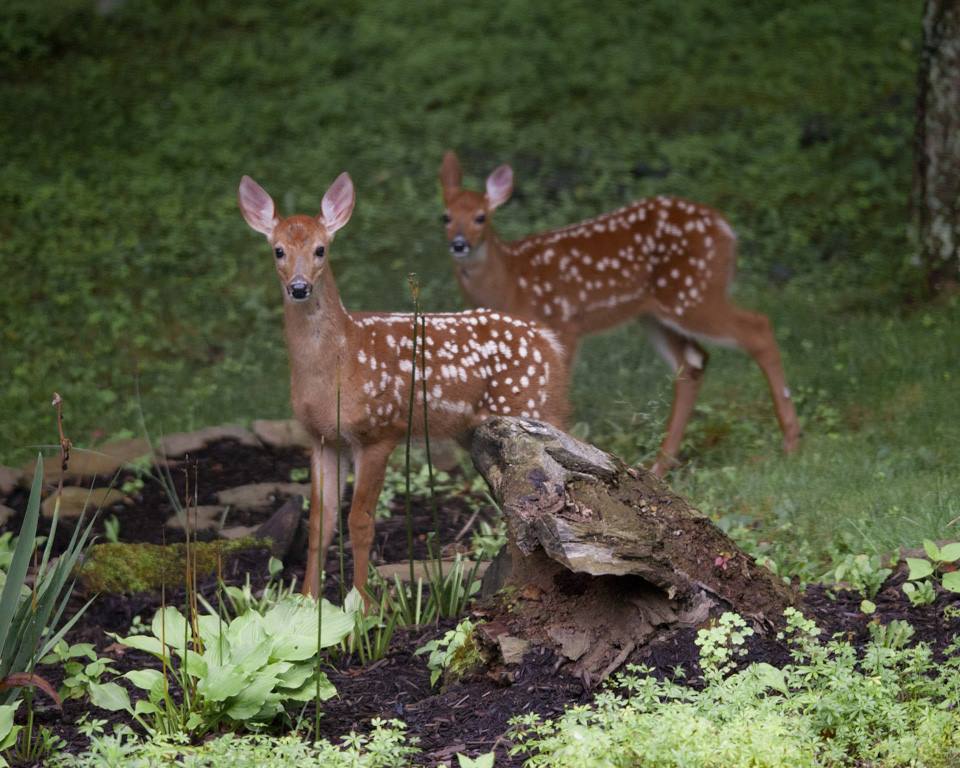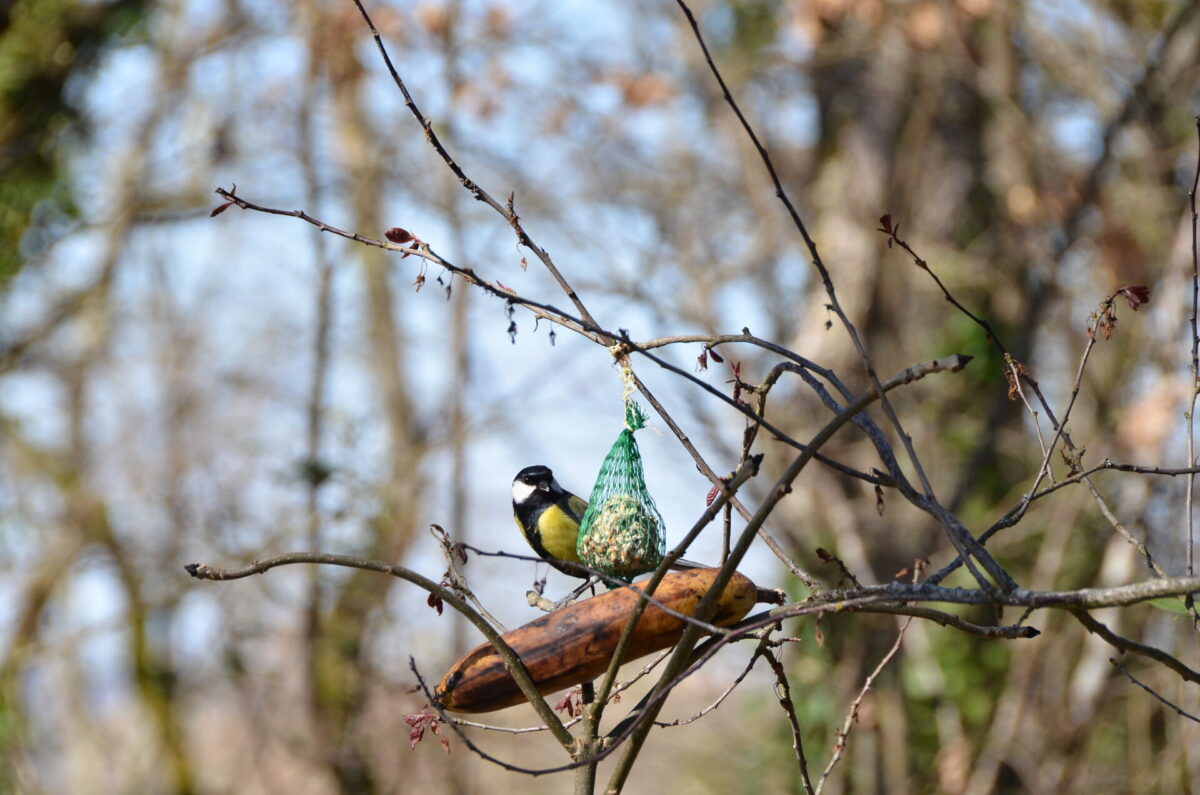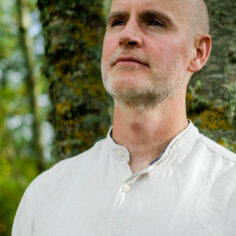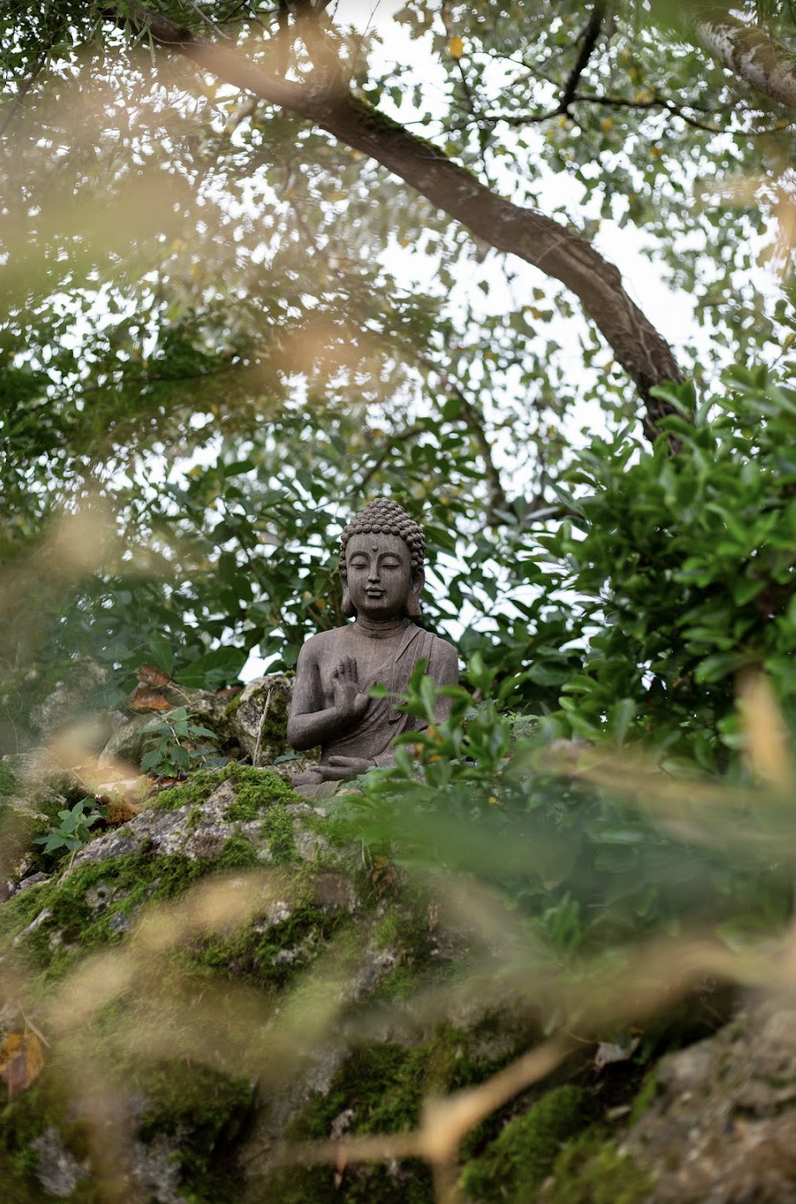Healing, Regeneration, and Transformation for the Land
By Mick McEvoy on
During the COP26 global climate negotiations in Glasgow, Scotland, we shared one way that our community in Plum Village Monastery, France is taking action to contribute to the solutions in this time of climate and ecological emergencies. We offer an update from Mick McEvoy, who manages the regenerative agricultural Happy Farm project.
Healing, Regeneration, and Transformation for the Land
By Mick McEvoy on
During the COP26 global climate negotiations in Glasgow, Scotland, we shared one way that our community in Plum Village Monastery, France is taking action to contribute to the solutions in this time of climate and ecological emergencies. We offer an update from Mick McEvoy, who manages the regenerative agricultural Happy Farm project.
Helping Nature Heal
Plum Village Monastery in France has been farming organically since 2013 to produce food for the community. Managing the Happy Farm, I serve alongside a team of my monastic brothers in Upper Hamlet to care for the land in our hamlet. In the last few years, Upper Hamlet has purchased approximately 47 acres of what was previously agricultural land and smaller portions of beautiful native deciduous forests that were neighboring our existing property.

photo courtesy of the monastic Sangha
This agricultural land was tired. The soil was stressed. It was arable land that had been cultivated each year by neighboring farmers in an annual rotation—producing wheat one year; in the next, sunflowers for oil; and in the next, maize for animal feed. In Europe, there has historically been an overproduction of these crops due to agricultural policies. The community met in 2019 and agreed on a plan to manage these sizeable new lands. Together we had the aspiration to help the land heal, to regenerate, to transform itself. We will rewild this land. We know that we are in the midst of a series of emergencies: climate, ecological, and social. Together as a community, we wished to take concrete action on home soil, here in Plum Village France, to contribute to cooling the flames of these emergencies as the great unraveling unfolds before us.
Already in Plum Village France, we are blessed with significant amounts of beautiful, intact, ecologically diverse, native deciduous forests with oak as the apex species. We all know in this era of huge global deforestation that the more trees there are, the better it is for local communities, but recently climate science has proven that trees can make a huge impact on reducing carbon emissions globally. With the acquisition of this new land, we had the opportunity to help. The Great Bodhisattva Vow declares that we will aspire to bring happiness to all beings:
However innumerable beings are, I vow to meet them with kindness and interest. However inexhaustible the states of suffering are, I vow to touch them with patience and love.
Our efforts to rewild and regenerate huge amounts of native oak forest are not just to contribute to the reduction of carbon emissions, but are concrete actions in the face of this ecological emergency.
Recently, with many hands and much hard, loving, joyful (at times!), and sweaty work, we completed the construction of a new solar-powered electric fence to keep the wild deer off a portion of this land. This land that is fenced will rewild. The deer graze off a significant amount of new natural regeneration and slow the process of reforesting significantly, so together we decided to fence them out of this land until the budding trees are stronger. The land will go through the natural processes of regeneration, transformation, and healing, and the final apex ecological niche will be a native deciduous forest. The aim is for the native broadleaf forest to naturally regenerate itself. This is very possible and the rate of natural regeneration of native forests in this region of France is very fast. The area we have fenced with nearly two kilometers of solar-powered wire is ten acres or four hectares. The fencing is temporary and will stay up for no more than ten years.

This method is known as natural forest regeneration. Distinct from active tree-planting, trees are allowed to grow back spontaneously, or with limited human intervention, on land where the original forest cover had been cleared for uses such as agriculture. Trees grow from seeds blown in by the wind, carried there by animals or birds (such as the native jay), or from plant parts such as stems, leaves, or roots. For this reason, the greatest potential for natural regeneration is in areas next to existing forests, which we are lucky to be surrounded by. We have majestic oak, ash, hornbeam, elm, poplar, willow, hawthorn, field maple, blackthorn, wild apple, and many more woodland species. Rewilding does not mean only sitting back and letting nature take its course; some intervention is needed, and in our case, removing grazing animals, namely the wild deer, was a necessary first act. This was needed to give natural processes a kickstart. It is known as assisted natural regeneration; humans can assist it, but ultimately it is governed by natural processes.
By rewilding, we are creating a home for countless living beings.
By working together with the Earth in this manner, the tree species will choose where they wish to grow and in which communities and relationships. Like we humans living in Plum Village, they will find and create harmony with each other. As nature creates the community, some fantastic benefits will occur. We will not need to water, prune, or weed the trees. Naturally regenerated forests and trees are super resilient to drought and to pests and diseases, much more so than trees planted by humans. Recent research has shown that natural regeneration can potentially absorb forty times more carbon than plantations of trees put there by human hands. Young, naturally regenerated forests have the capacity to absorb two-and-a-half tonnes of carbon per acre each year from the atmosphere. Potentially, our new forest can sequester twenty-five tonnes of carbon a year. But as I shared, we do this not just to boost our carbon neutrality; by rewilding we are creating habitat, literally meaning home. We are in the middle of a mass extinction of living beings caused by mankind. By rewilding, we are creating a home for countless living beings.
In future years we may plant very small numbers of native trees with our community and guests during deep ecology workshops and retreats, but it will be very small numbers.
Now our role as human beings is to get out of the way and let Mother Earth regenerate, heal, and transform the land. As Thích Nhất Hạnh teaches us, “Doing nothing is doing something.”
Upper Hamlet: A wildlife reserve
Apart from describing this new rewilding endeavor, it is important to share that Upper Hamlet, Plum Village France is, of course, a monastery and a mindfulness retreat centre, but it is also essentially a huge wildlife reserve. The total land area of Upper Hamlet is seventy-six hectares: that’s 76,000 meters squared or 187 acres. Of that land, 41 percent is already native oak forests, 19 percent is pine forests, and only 8 percent is our built environment and of that, a lot is devoted to beautiful gardens. Seven percent is open-water habitats, such as West Lake, home to the elegant and elusive kingfisher and sidewinding grass snakes who swim to feed on the spring tadpoles. Finally, we have the last 25 percent, which is our new 47 acres. This will rewild, regenerate, transform, and heal. We act for our Mother Earth and all species, who are all our siblings.

photo courtesy of monastic Sangha
The ecological emergency is not separate from the social emergency
In terms of the social emergency we face as a human species, the rewilding of Plum Village lands can significantly help those who are able to spend time on these lands. Many of us have lifestyles and routines that have disconnected, removed, and fractured us from the natural world. Even more chronic is the disconnect in our minds and bodies from the reality that we humans are part of this natural world. Thích Nhất Hạnh teaches that “we are the earth that carries us.” Our modern society has put such emphasis on the cultivation of the self and the needs of that self that we forget we are the Earth, we are the sky. We accomplish so much by simply providing access to these forests and fields for the humans in our community and the humans who come to practice with us in Plum Village France. Creating and maintaining beautiful pathways through these lands as they regenerate, heal, and rewild allows for a deep, intimate, and healing reconnection with our Mother Earth. We can touch the reality that we are the Earth. This experience has the radical potential for all of us to dissolve the notion of a separate self and come home to our cosmic bodies by being in and of the natural world. This is the panacea for our social disconnection.
Learn more about rewilding by watching videos from the Knepp project in the UK.
This article was first published November 3, 2021 on plumvillage.org and is reprinted by permission. Edited by Hisae Matsuda.


